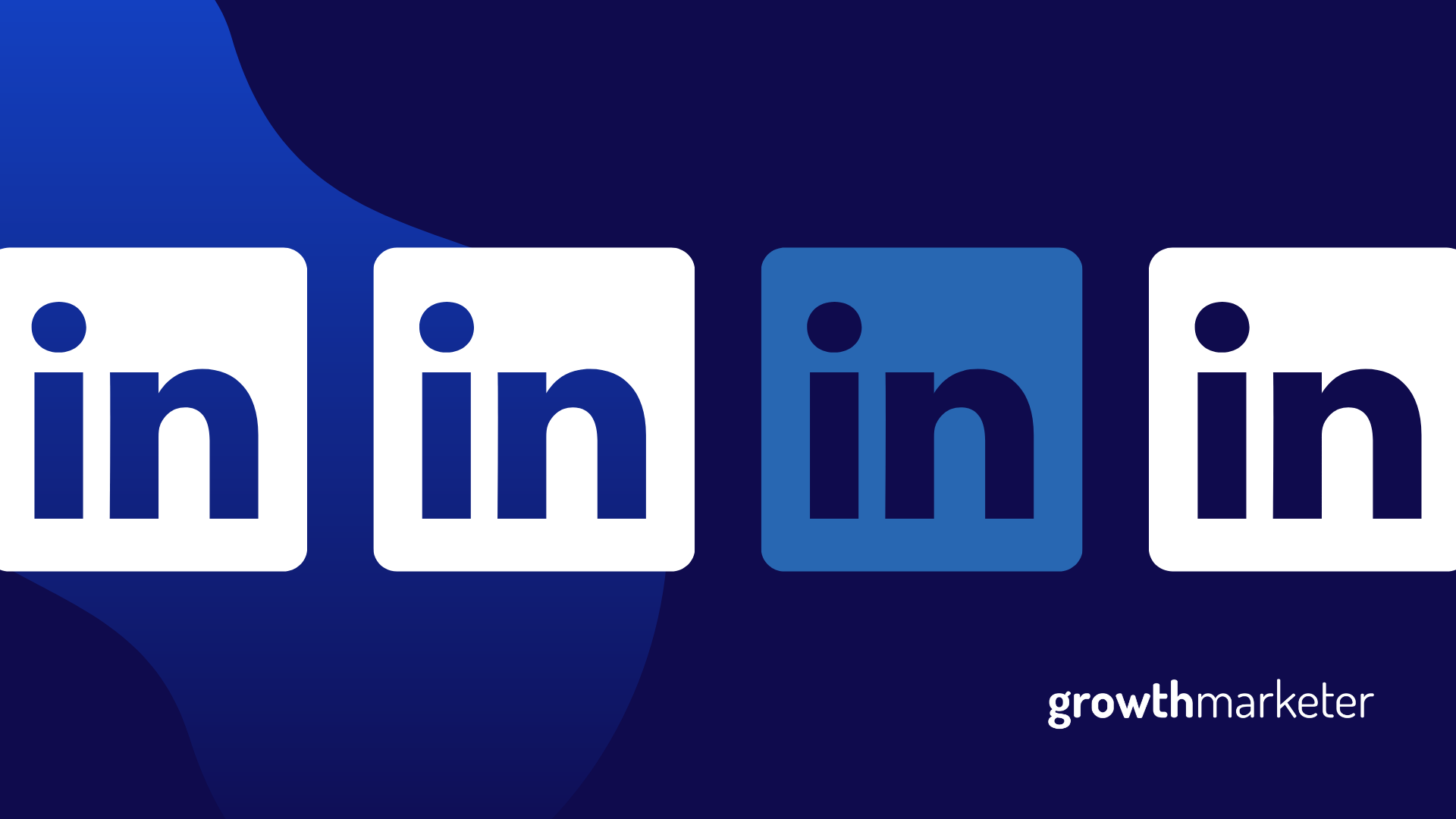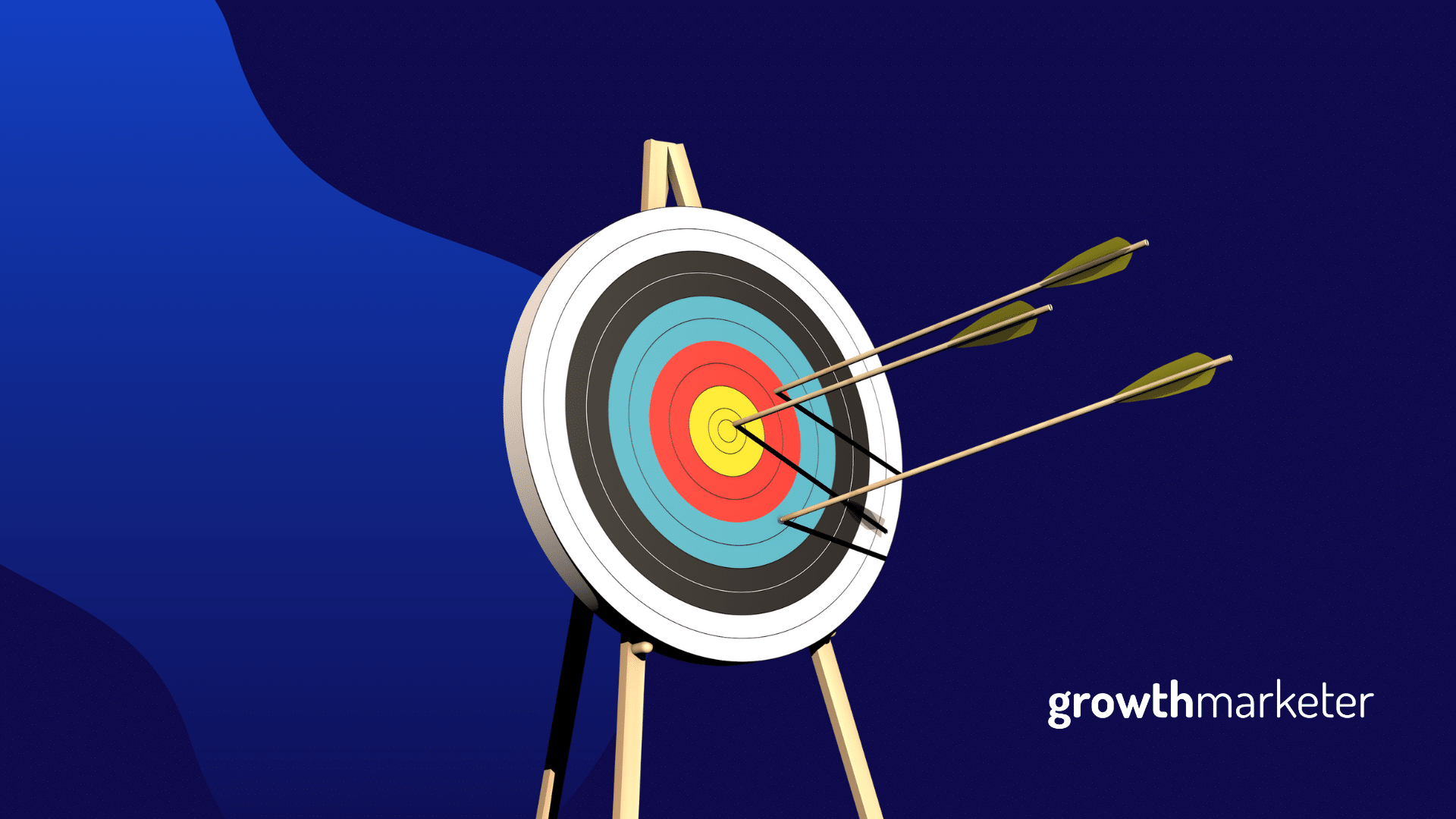LinkedIn is one of the best places to generate social media engagement in 2020. But it takes more than just sharing links and images. You need to have a well-structured LinkedIn content strategy to get the best results on the world’s largest professional network.
Here are some quick, actionable tips for how you can put together your own strategy.
LinkedIn by the numbers
Before I share the tips, let’s look at just how big LinkedIn is at the moment.
As of August 2020, LinkedIn has 706+ million users in more than 200 countries and territories worldwide. 70% of those members are outside of the United States.
According to Domo, users apply for 69,444 jobs on the platform every minute.

As for the content on the platform, feed updates are viewed over 280 billion times annually.
With this fresh perspective of LinkedIn’s scale, let’s dive into the content strategy you’ll need to succeed.
Understand the LinkedIn algorithm
As you probably know, every social platform has some type of algorithm, just as Google uses an algorithm to determine what shows up in your search results.
LinkedIn’s algorithm is a black box that nobody outside of LinkedIn fully understands, although many consultants and marketers had taken a stab at explaining how it works.
The recurring theme among the research is that the content you post on LinkedIn is ranked and displayed based on your account’s reputation, how users have engaged with your content before, and what everyone else is posting.
Essentially, you’re competing with all of the other content that’s out there, because LinkedIn can only show so much content to a single user at a given time.
Here are some more insights about LinkedIn’s algorithm from notable experts:
The more valuable the conversation, the higher in your feed the post will be. How do we know if it’s a valuable conversation? We use the framework People You Know, Talking About Things You Care About.
Pete Davies at LinkedIn
LinkedIn wants its users to have conversations. Given that LinkedIn requires less of a commitment in terms of content creation and distribution, having those conversations should be a top priority.
Brent Barnhart at Sprout Social
Whether it be old college roommates, current employers, or people you share common interests with, LinkedIn believes in the power of communities and connections. The latest update to the LinkedIn algorithm prioritizes rich content and deeper connections and engagement.
Madelin Gomez at New Park Creative
Conversations, connections, and common interests. Are you starting to see a trend here? LinkedIn’s algorithm will be on the lookout for these elements in your next post.
Write posts (not articles) from a personal profile
Remember a few years ago when LinkedIn wanted everyone to publish long-form articles on the platform? Well, although the article feature is still available, it’s not nearly as useful as just the regular old post feature.
If that’s confusing, here’s the difference:
- Articles have cover images, titles, and allow 100k+ characters in the body
- Posts are shorter with a limit of 1,300 characters
According to John Espirian, posts get better engagement than articles. I’ve also confirmed this myself by publishing both articles and posts, and posts always win in terms of overall engagement.
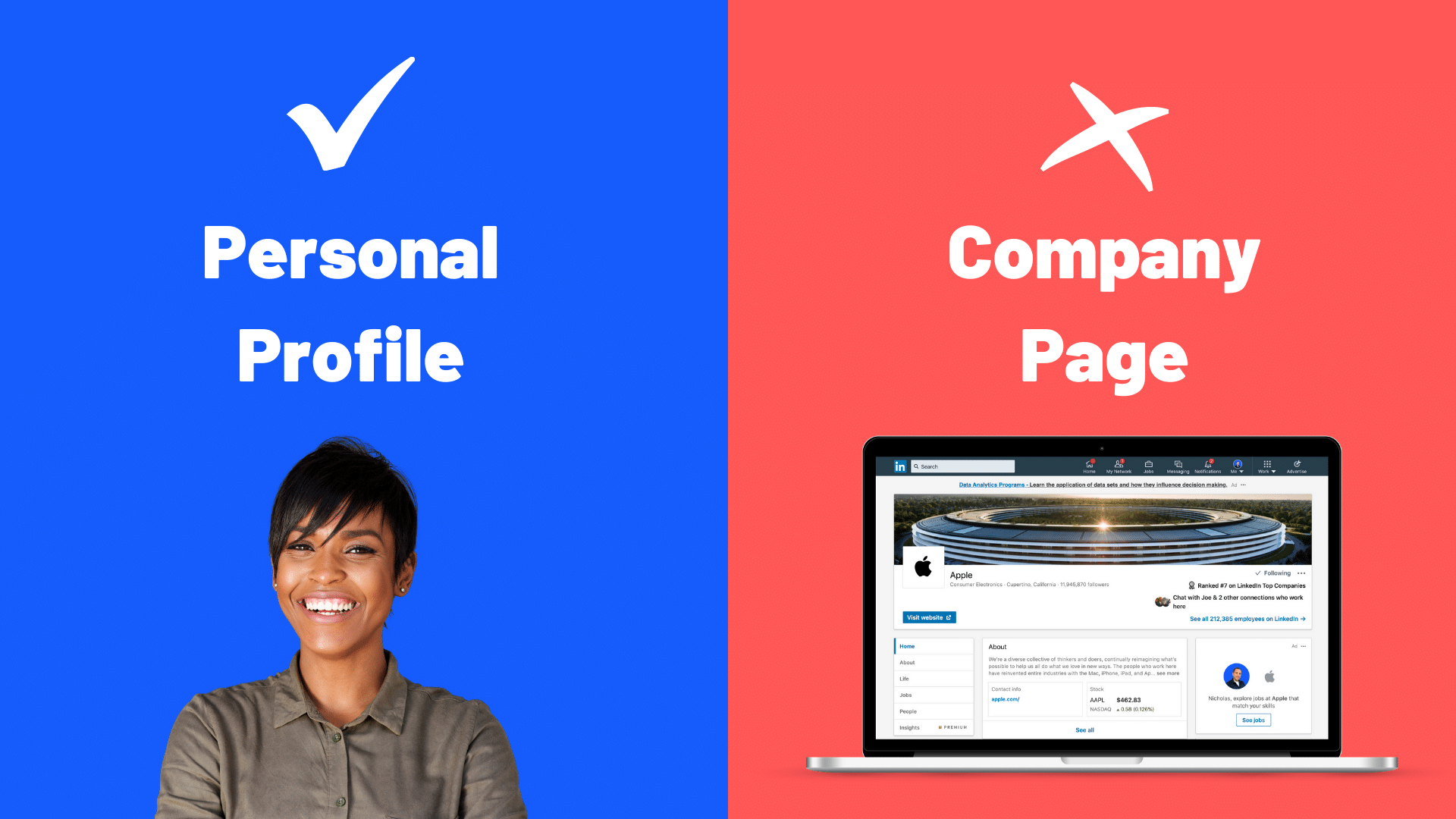
Furthermore, posts from personal profiles tend to perform better than those published through company pages. This makes sense, as people want to connect with other people on LinkedIn before they connect with brands and companies.
Add visuals only if they support the post
The right photo, video, or document can help your post get seen by more folks, but only if it serves a purpose.
I see people throwing cheesy and out-of-place stock photos onto their LinkedIn posts all the time. That is something to avoid.
LinkedIn posts are not to be treated like blog posts. Just because you can add an image, doesn’t mean you should. Some of the best posts I’ve ever written on LinkedIn had no visual asset at all.
On the other hand, let’s say you want to share 10 examples of something, and you have visuals to support each example. That might be a good opportunity for a slide deck or PDF. You can easily upload a document, add some context in writing, and have a coherent, easy-to-follow post that gets lots of engagement.
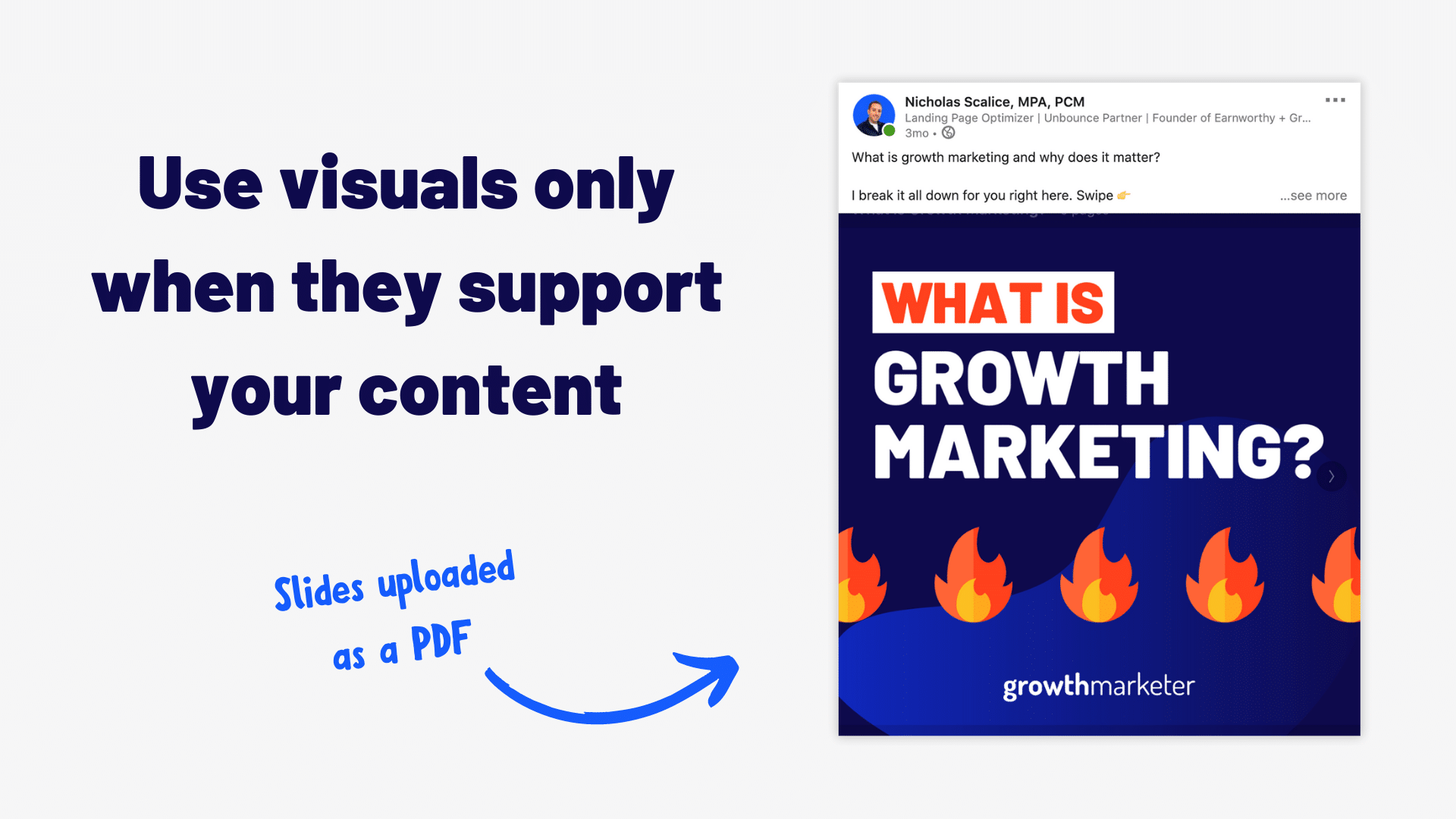
When it comes to video content, LinkedIn is unique, in that video doesn’t always outperform text. Try saying the same about other platforms such as Facebook, where video is king.
Sometimes video helps, and other times it hurts. For example, when I’m sharing insights from my podcast, I like to include short video snippets. That helps get more engagement since people want to hear part of the podcast rather than just read about the podcast.
It’s all about the context.
Leverage questions, hooks, and hashtags
Questions, hooks, and hashtags are your engagement superpowers on LinkedIn. But as with all superpowers, they are easily overused.
I like to start many of my posts with either a question to draw the reader in, or a hook right up front to keep them reading.
You see, LinkedIn truncates the beginning of your post, so only a few words show before the “…see more” link.

Therefore, you have to “front load” your post with the most exciting content in the first sentence if you want people to keep reading.
Sometimes I’ll end a post by asking a question. This can help you get more engagement in the comments section, which feeds the LinkedIn algorithm.
And hashtags can be a tremendous help if you want to give your post a shot at trending in a specific category. But I wouldn’t recommend using more than 2 or 3 hashtags max.
Be consistent without being robotic
Consistency is something marketers talk about a lot. So I won’t bore you with the same old advice. But I will say that whenever I post on a consistent basis—like a couple times per week—I see greater engagement than when I’d post on a sporadic, less frequent basis.
Furthermore, consistency means coming back to your posts and engaging with people in the comments. How often do you see someone write something and then totally ignore the comments? It happens all the time and it doesn’t look good.
If you’re taking the time to put out quality content, take a few extra minutes to monitor the responses you get, and engage with people.
And while you’re at it, leave comments and reactions on other posts too. LinkedIn has som of the coolest “reaction” options of any social network.
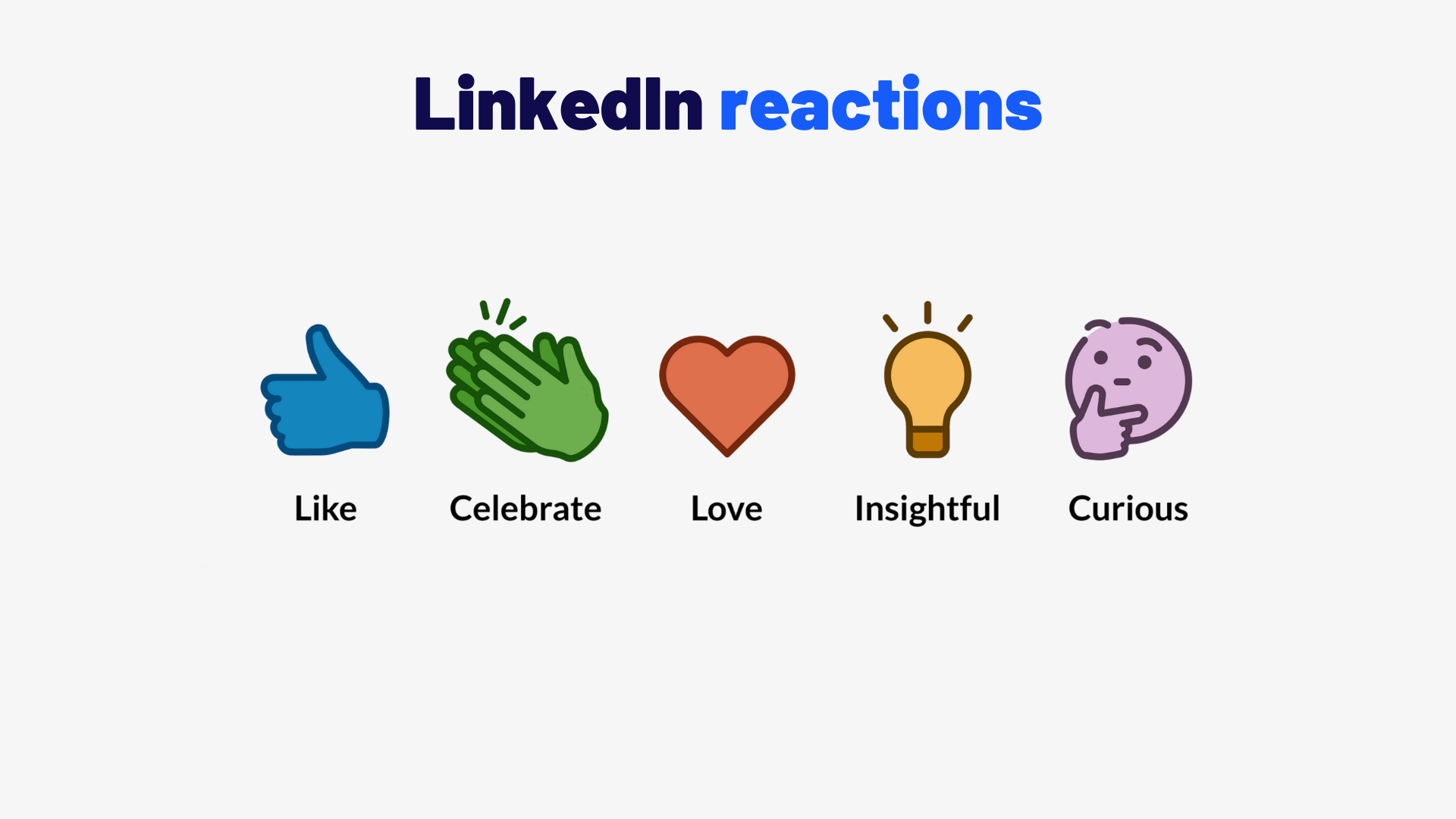
One other “robotic” activity that needs to be called out is the overuse of links on LinkedIn. Try not to link off-platform too much, and if you must, then put the link in the first comment below your post rather than in the post itself.
Links have their time and place, so I won’t say you should never use them, but if given the opportunity to share insights directly in your post vs. sharing a link to your website, go with the first one.
Lastly, don’t join LinkedIn engagement pods. If you don’t know what they are, keep it that way. They’re nothing but trouble—and a violation of LinkedIn’s terms of service in many cases.
Putting together a LinkedIn content strategy
Now that you have 5 actionable tips in mind, you can begin crafting your own LinkedIn content strategy.
Here are some final pointers:
Get known for writing about specific topics. 99% of my LinkedIn posts are about growth marketing. This helps me attract the exact type of audience I want, and it increases the chances that they will like my future content.
Have a plan for when you post. I mentioned this in one of the tips above, but its worth emphasizing. You need to be consistent, and consistency starts with having a plan. Personally, I create recurring tasks for myself in Asana that help me remember to share original content on LinkedIn a couple of times per week.
Spend a few minutes per day engaging with your network. One of the easiest ways to do this is to congratulate people for their work anniversaries, new jobs, and birthdays. That’s why you need to keep an eye on your notifications tab. Also, add comments to posts, and hit those reaction buttons. A little engagement goes a long way.
Optimize your LinkedIn profile. This will surely be something I cover in much more detail in a future post on the blog. For now, there are excellent resources here and here for how to improve your LinkedIn profile. Having an optimized profile plays a role in your overall content strategy.
Explore the latest features. Right now, LinkedIn Live is a hot topic on the platform. It’s not yet available to everyone, but you can learn more about it and apply for access. Keep an eye on new features and be among the first to give them a try if you can. It’s a great way to get more engagement and stand out from the crowd.
If you follow this plan, will you see results overnight? No, but you’ll be well on your way to building a following on the best professional network in the world. Good luck!
PS: If you liked this article, you’ll love the exclusive growth marketing tips I share in my once-per-week newsletter! Sign up here. It’s free.
